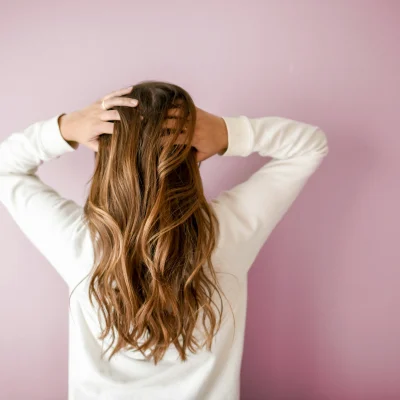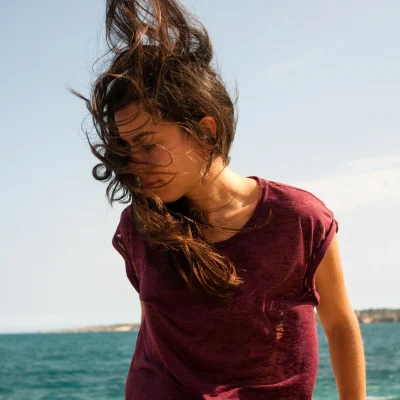Safe and Beneficial”: The Biggest Myths About Henna for Hair
“I only dye my hair with henna — it’s the safest!” “I treat my hair with henna, it’s a natural beauty remedy!” Henna is one of the oldest natural dyes, and stories about its safety and supposed benefits for hair have been passed down from generation to generation. But is this beauty remedy really as trustworthy as it’s claimed to be? Let’s take a closer look at the most common myths about henna and explore how true they really are.
1. “Henna is the safest hair dye”
The most popular argument in favor of using henna is its safety for hair.
Compared to conventional ammonia-based dyes, henna does seem to win — thanks to its unique coloring process. But that “victory” comes with its own side effects. Let’s break it down.
Our natural hair color depends on melanin pigments: eumelanin (responsible for dark shades) and pheomelanin (responsible for golden and reddish hues). The ratio of these two pigments determines your natural hair color.
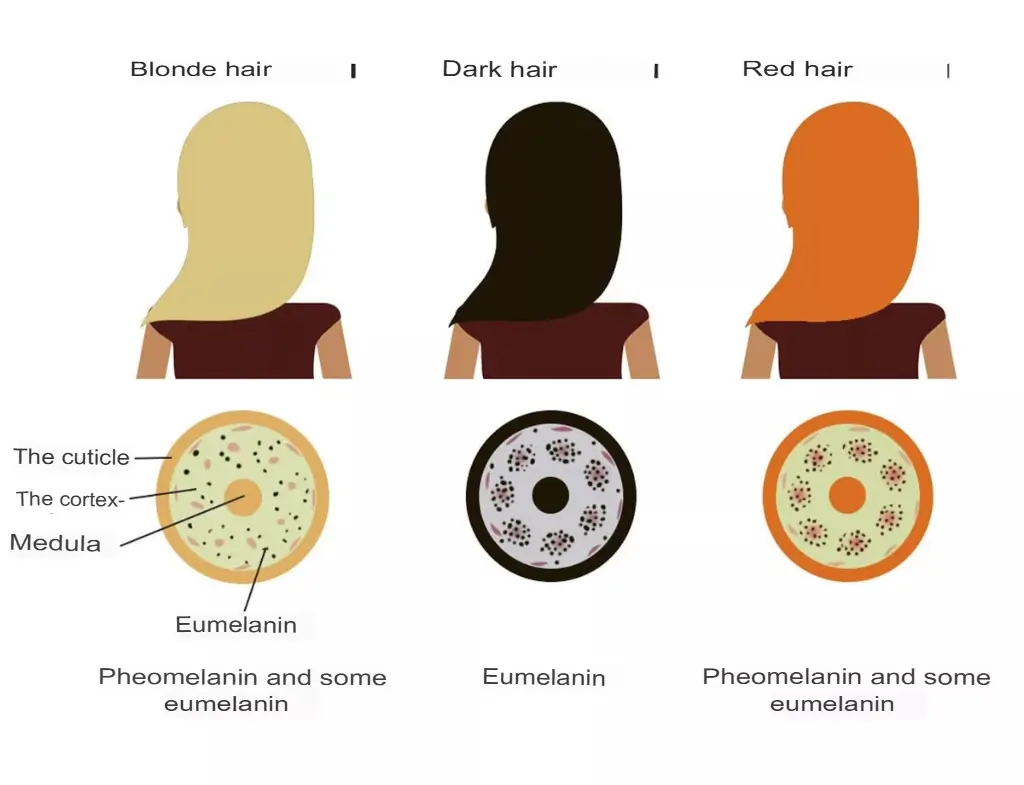
This pigment lives in the cortex — the middle layer of the hair shaft — along with air bubbles. The cortex is protected by the cuticle, the hair’s outer layer, which looks like overlapping scales.

Ammonia in traditional hair dyes is used to lift the cuticle scales. This allows the dye’s ingredients to penetrate the cortex, destroy the natural pigment, and deposit the artificial color.
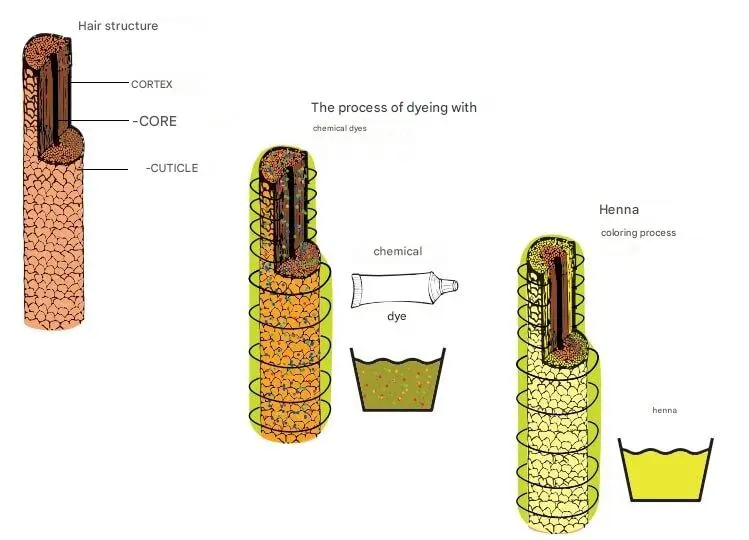
However, this is a highly damaging process. First, ammonia breaks down the cuticle, weakening the hair’s natural protective barrier and its ability to retain moisture. Second, as artificial pigment gradually washes out, it leaves behind hollow spaces in the hair shaft. This results in dry, porous, and brittle hair.
Henna works very differently. It contains a natural tannin dye — a molecule structurally similar to keratin, the protein that makes up 80–85% of your hair. When you dye your hair with henna, the tannin molecules pass through the cuticle with minimal damage and bond with the hair’s natural structure.
However, the natural pigment in your hair doesn’t get removed — it merges with the tannin-based dye.
Because of this, henna has several major downsides:
- Unpredictable shades: It’s nearly impossible to predict the exact color result with natural henna. The final hue depends on how your natural pigment reacts with the henna, and each dye session can yield a different tone — especially if you use different henna varieties.
- “Permanent” color: Unlike ammonia-based dyes, henna bonds deeply with the hair shaft and doesn’t wash out — only fades slightly over time. Much of the dye stays locked in your strands forever. If you ever want to change your hair color, you may have to grow it out or undergo expensive and lengthy salon treatments that still may not work.
- Greenish hair risk: Another side effect is the chemical reaction between henna and other substances. Many people have seen their hair turn green when applying conventional dye (especially those with peroxide) over henna. This can also happen from exposure to chlorinated water, like in pools or waterparks.
And nowadays, pure natural henna is harder to find — which is another concern.
Many products labeled as “safe henna” are actually standard chemical dyes with a small amount of natural henna. These cheap formulas often contain toxic and low-grade colorants or other harmful chemicals like para-aminophenol, para-phenylenediamine (PPD), barium peroxide, and heavy metal salts.
2. “Henna strengthens and thickens hair”
Henna became widely known as a hair care and dye solution thanks to the beautiful, shiny, thick hair of Asian women. This led to the myth that henna strengthens and thickens hair.
But we’re confusing correlation with causation — and overlooking the genetics behind hair structure.
Asian and East Asian hair is among the strongest in the world. It is genetically thicker, denser, and more resilient, with low porosity. This natural strength helps retain moisture and resist damage, giving the hair a glossy, healthy look.
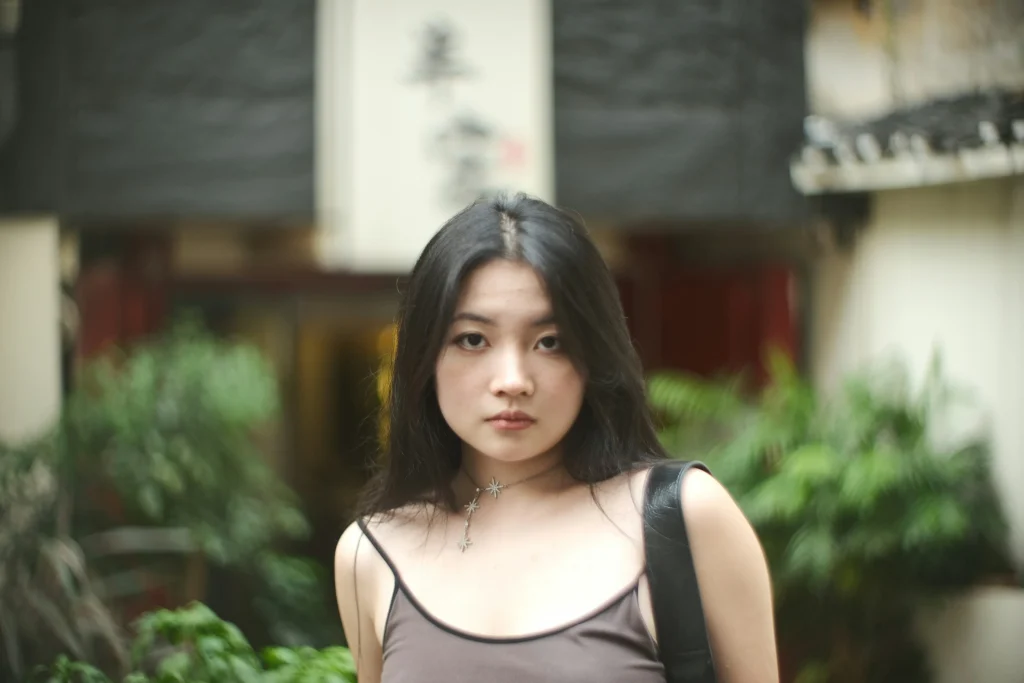
Tannin (or tannic acid), found in henna, is a powerful astringent compound. It was even used in leather production for its ability to bind proteins and toughen collagen fibers, making leather more water-resistant. On hair, tannin molecules bind to the hair shaft, strengthening it. But they also make the hair stiffer.
Asian hair can handle this — it’s naturally thick, so it just becomes even stronger, with an added rich color.
But Slavic or Southern Russian hair is different. It’s usually thinner, softer, and more porous — less able to retain moisture and more prone to damage.

So yes, henna can temporarily make these strands feel denser and visually thicker, due to the tannin bonding.
But it also makes them more brittle. Soft, delicate strands lose their flexibility and become dry and stiff, increasing the risk of breakage, split ends, and overall hair thinning — especially after repeated brushing, washing, or heat styling.
That’s why opinions on henna are so split — women with different hair types have totally different experiences with it.
3. “Henna is good for your scalp”
This is another partial myth, similar to the idea of “strengthening.”
On one hand, henna’s astringent properties made it a traditional antiseptic. It was used to treat wounds, burns, pressure sores, dermatitis, and other skin conditions.
Some men in Asia even applied henna to their feet to toughen the skin and make walking barefoot easier.
But this very same drying effect can be harmful to healthy skin, especially if you have a normal or dry scalp with low sebum production.
In such cases, henna makes the scalp too dry and tight, disrupting follicle nourishment.
That’s not all. When the scalp becomes rough and dry, its natural renewal process is affected. Dead skin cells accumulate, clog pores, and create a breeding ground for dandruff and irritation.
For this reason, avoid leaving henna on your scalp too long — and don’t let it get near your eyes or mucous membranes, as it can cause severe irritation.
4. “Henna promotes hair growth”
This myth is based on two things. First, the long, gorgeous hair of Asian henna users. Second, the illusion of volume: henna makes hair stiffer and drier, which lifts it at the roots and makes it look fuller — giving the impression of faster growth.
But henna does not accelerate hair growth. It doesn’t nourish follicles, trigger cell division in the growth zone, or regulate the hair growth cycle.

In fact, as we’ve seen, henna can slow hair growth — especially in people with dry, normal, or sensitive scalps. The resulting irritation, dryness, and impaired renewal can negatively impact follicle function.





